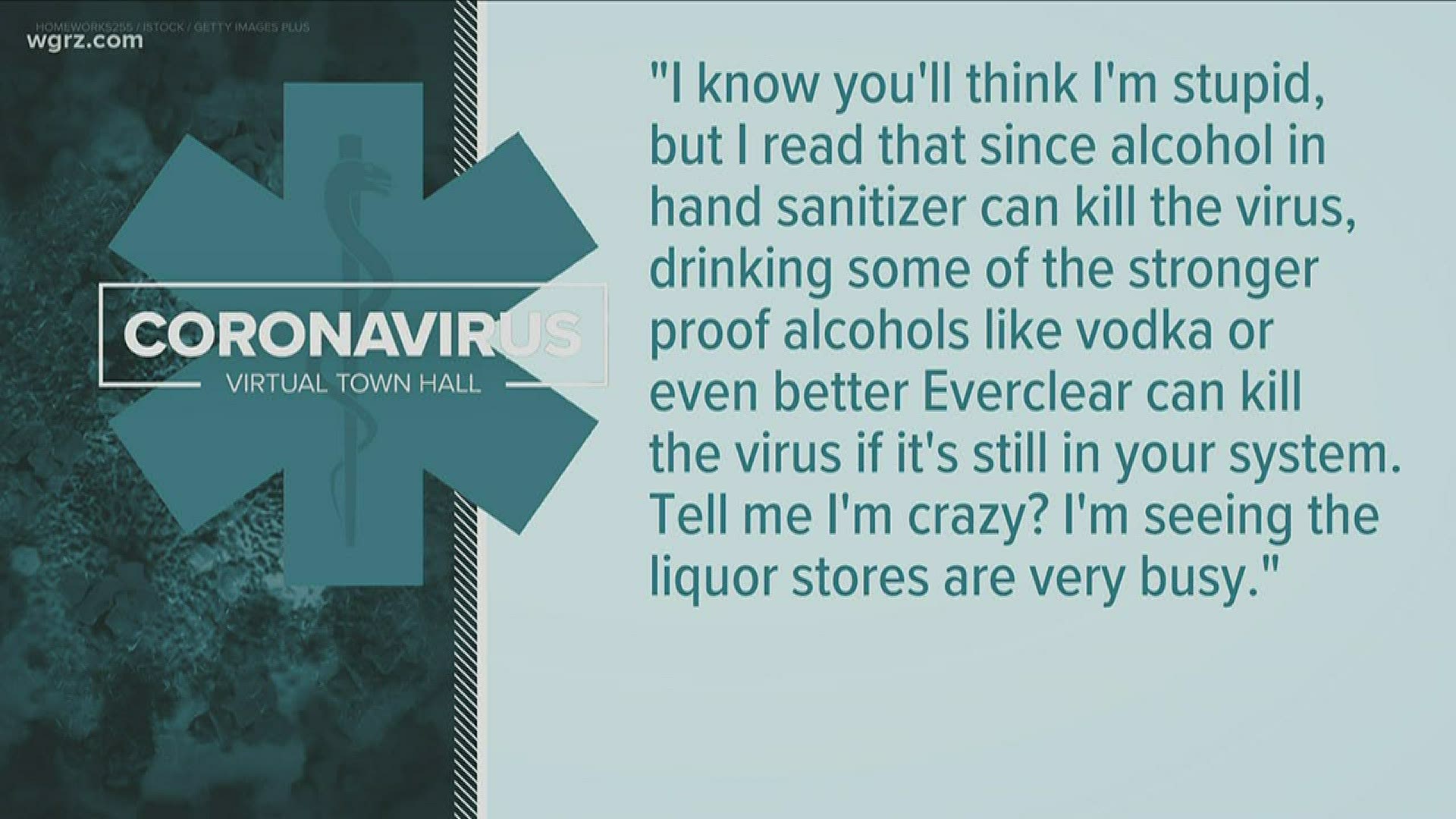BUFFALO, N.Y. — Part of the war against COVID-19 involves pain-staking research with statistics to help health care and government officials make the best decisions and policies to protect the public and prevent the virus from spreading.
That crucial work is underway with leadership from the University at Buffalo and its Jacobs School of Medicine and the Public Health School.
When we talk about crunching numbers we usually think of accountants or other folks doing mind-numbing analysis of the figures. But a group of experts in biostatistics from UB is providing the key intelligence to help fight this war against this deadly disease.
During his Thursday morning news conference, Governor Cuomo talked about the life and death decisions being made to stop COVID-19.
"My job as Governor is to prepare for the worst but hope for the best ... but still be prepared for the worst. But all the statisticians tell us there is no way to know if social distancing or other programs work because we've never done it before."
So to make an educated guess on how to proceed, state officials are getting guidance from those experts focused on that data.
Here in Erie County and much of Western New York the county executives and health commissioners like Dr. Gale Burstein rely upon a 20-member task force set up several weeks ago and lead by Dr. Peter Winkelstein.
Professor Winkelstein is a specialist in Bioinformatics. He says, "Of course that's what everyone wants to know. ... When will the peak happen? But because of the nature of the virus and the computer models, it's hard to determine. Basically we can only predict the next few weeks or so."
That still buys time for local hospitals to try to prepare with staffing, beds, supplies, and equipment to meet the challenge
It may also help figure out when can we open our businesses and evaluate if a key strategy is working. Winkelstein told 2 On Your Side, "Social distancing is still our best weapon, but we have to know how effective it can be to flatten the curve."
The struggle to come up with proper testing and drugs to combat COVID-19 in patients can be also be difficult when it comes to accuracy and making sure they have the right treatment program.
But analysis of data by experts in bioinformatics can keep researchers and doctors on the right track. Especially when it comes to developing diagnostic testing in a time of great pressure to save lives.
Dr. Peter Winkelstein told us, "We certainly want to do it as quickly as possible to come up with the tests but if they aren't done precisely they won't work, so we have to make sure we're doing it right."
Faulty tests from the federal Centers for Disease Control caused problems in the original round of testing and had to be corrected.
Some data has been collected from other countries that had previous rounds of the pandemic like China and European countries.That helps build a model for analysis.
It turns out that biostatistics can also guide the complicated process of determining which drugs and treatments are the best to cure the infected patients. Winkelstein points out that "clinical trials are the way in which we check the effectiveness of a drug so they have to be set and controlled in specific ways."
Usually it can take a year or even longer to run clinical trials on a drug before it can even be submitted for the approval process by the FDA. But just like everything in this pandemic programs are being streamlined to get some good results as quickly as possible.
RELATED: Cuomo: Largest single day increase of COVID-19-related deaths recorded over past 24 hours in NYS



